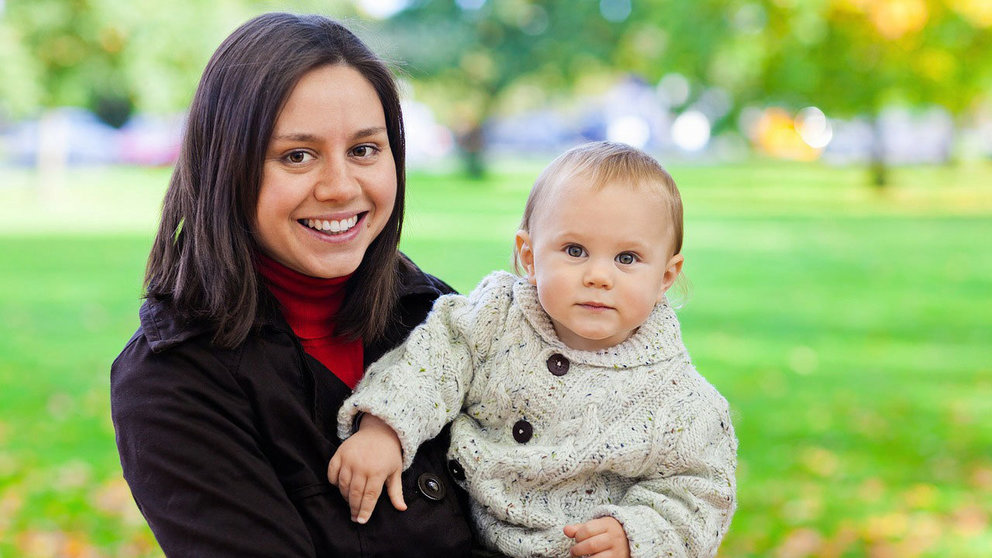The share of persons with foreign background in the Finnish birth rate has slowly grown since the 1990s and now is 14% in the whole country.
During the corresponding time, the share of women with foreign origin among all women aged 15 to 49 in the population has, however, grown slightly slower and was 10% at the end of 2018.
According to Statistics Finland, the share of women with Finnish background in the birth rate decreased to 86 per cent in 2018, when measured by total fertility rate.

Source: Statistics Finland.
Birth rate declining
The birth rate is commonly measured with the total fertility rate, which indicates how many children a woman would give birth to during her life time if the birth rate remained the same as in the year on which the calculation is based.
In 2018, the total fertility rate was 1.41 children per woman, of which the share of persons with Finnish background was 1.20 children per woman.
In 2010 the total fertility rate was 1.87 children per woman in the whole country, of which the share of women with Finnish background was 1.72. At that time, women with Finnish origin were corresponded to a share of 92% of the total fertility rate, six percentage points above the current one.
Figures show the birth rate has declined considerably from 2010 to 2018. Measured by the total fertility rate, it has diminished in eight years by 25%, from 1.87 children per woman to 1.41 children per woman. But the decrease grew sharply by five percentage points only in one year: from 2010 to 2017 the total fertility rate decreased by 20%.
Swedish-speaking women are more fertile
Even though there are differences between regions when it comes to the level of births, the development of the birth rate has been similar in all regions over the past years. However, the numbers show fertility rates are higher in the Swedish-speaking areas.

Source: Statistics Finland.
The total fertility rates have been higher in the regions of Ostrobothnia, where varied from 1.64 to 1.92 children per woman in 2018. The figures for all other regions of Mainland Finland correspondingly fluctuated close to the figure for the whole country, 1.41. The figures for these other regions varied from 1.32 to 1.47.
The total fertility rate in Åland was on the same level as that of the regions of Ostrobothnia, 1.64.
Since 2006, the birth rate of Swedish-speaking persons has been slightly higher than that of Finnish-speaking persons.
Even though the birth rate has declined in both groups in recent years, it has declined less among Swedish-speaking persons.
In 2018, the total fertility rate for Swedish-speaking women was 1.57 children, while it was 1.35 children per Finnish-speaking woman. In 2010, the total fertility rate for Swedish-speaking persons was 1.95 and for Finnish-speaking persons 1.85.










